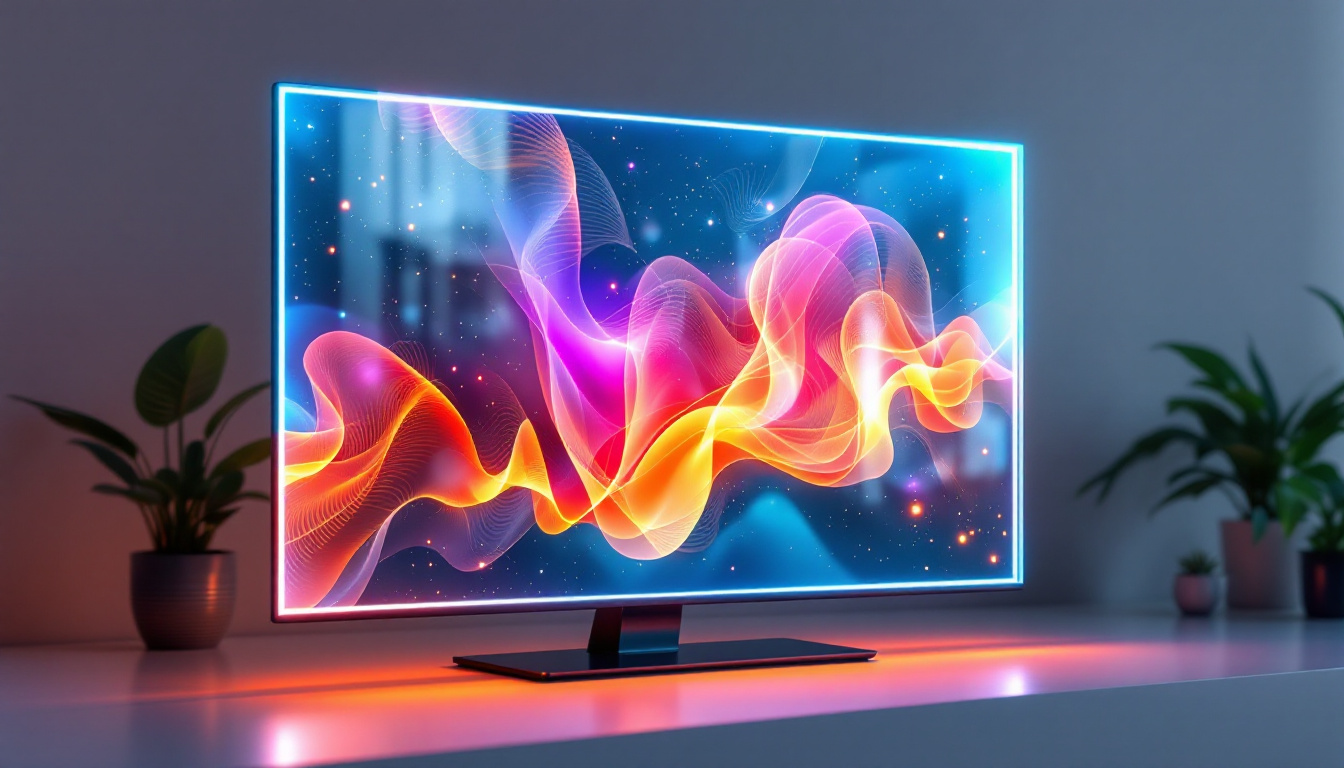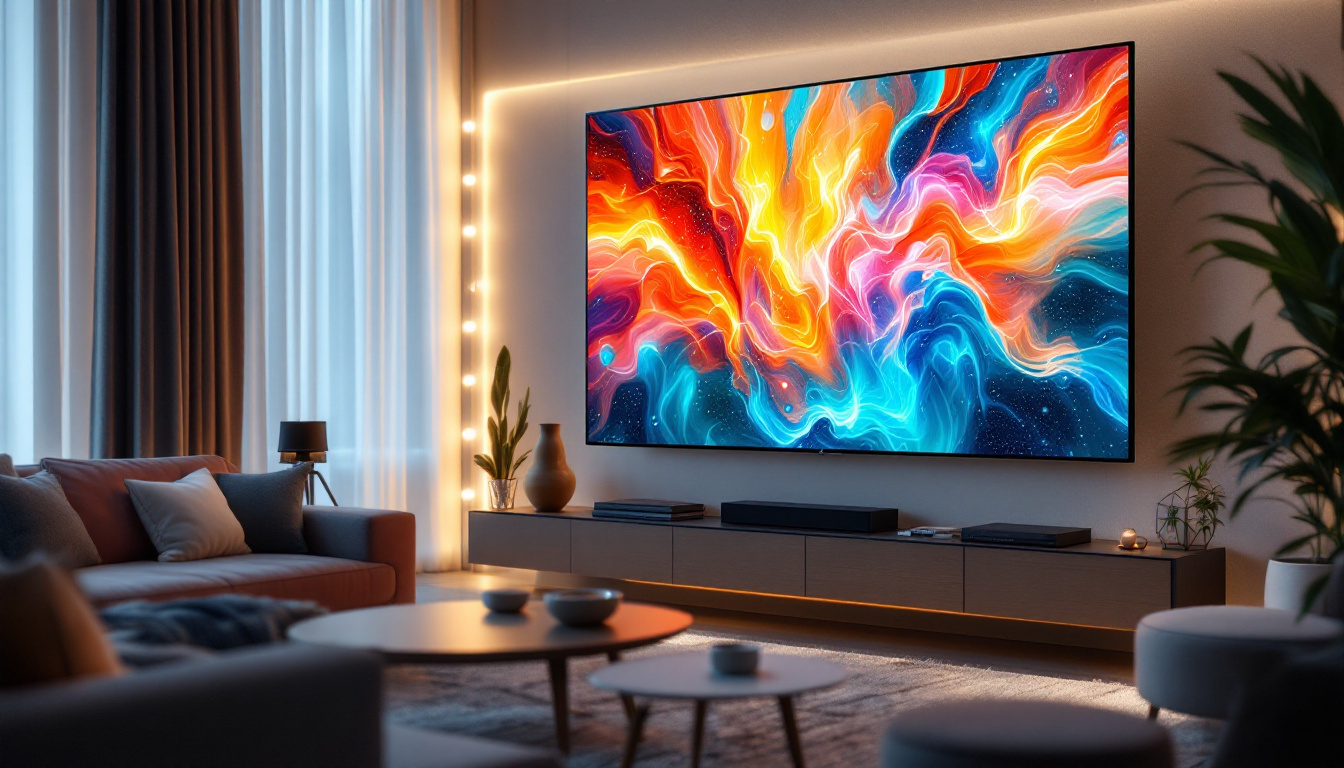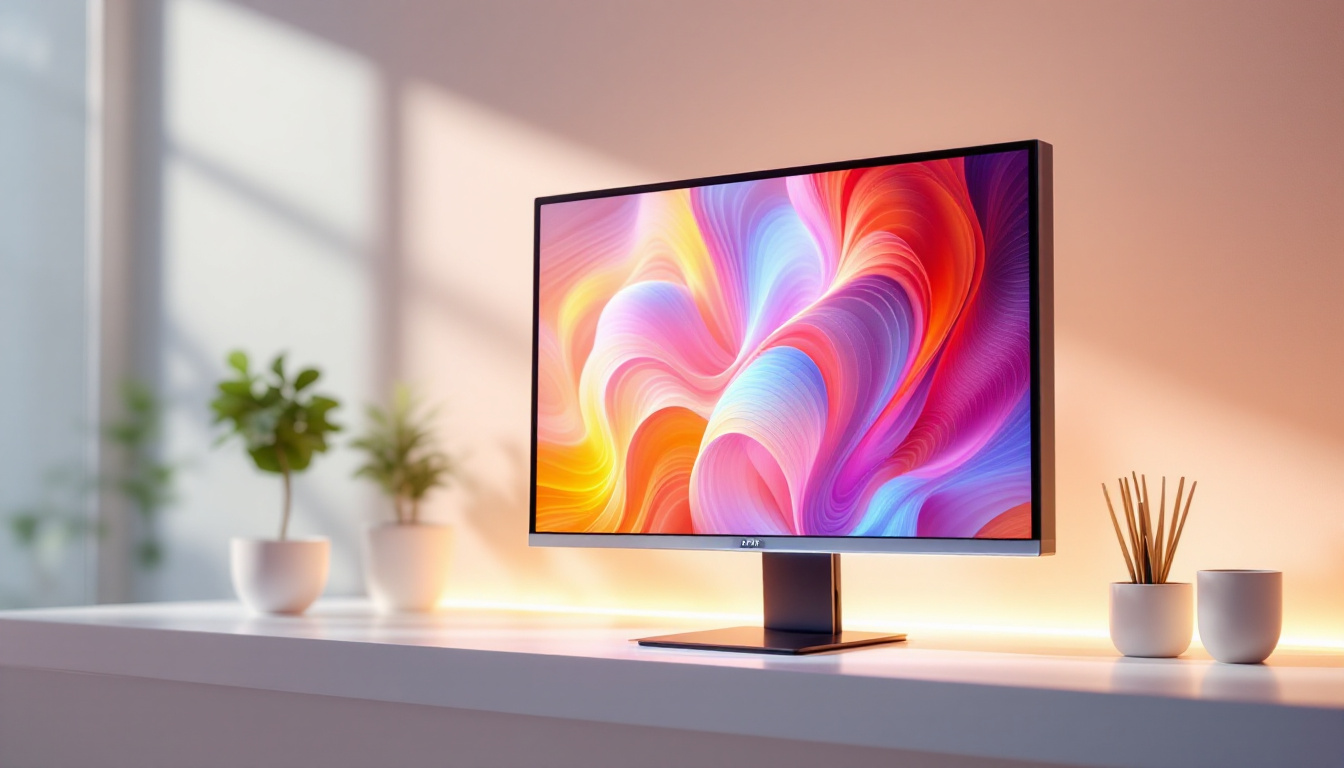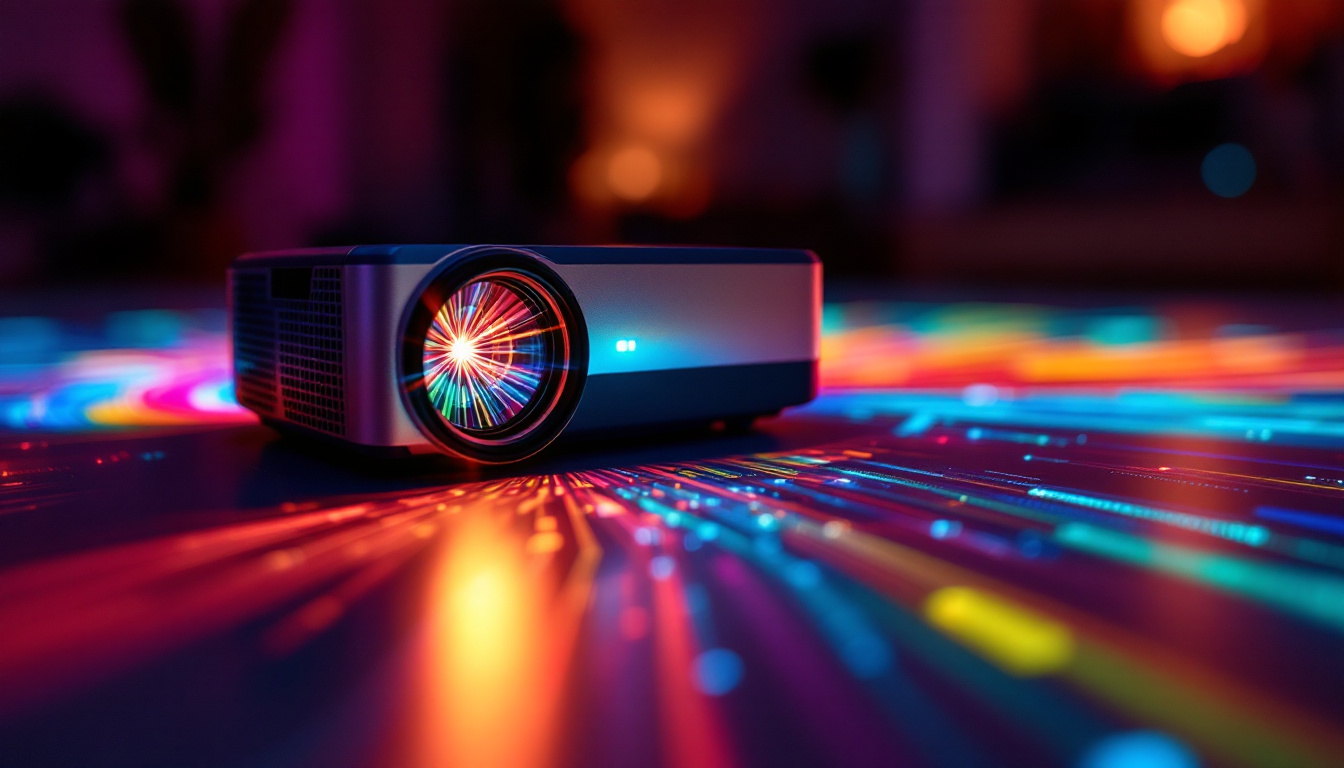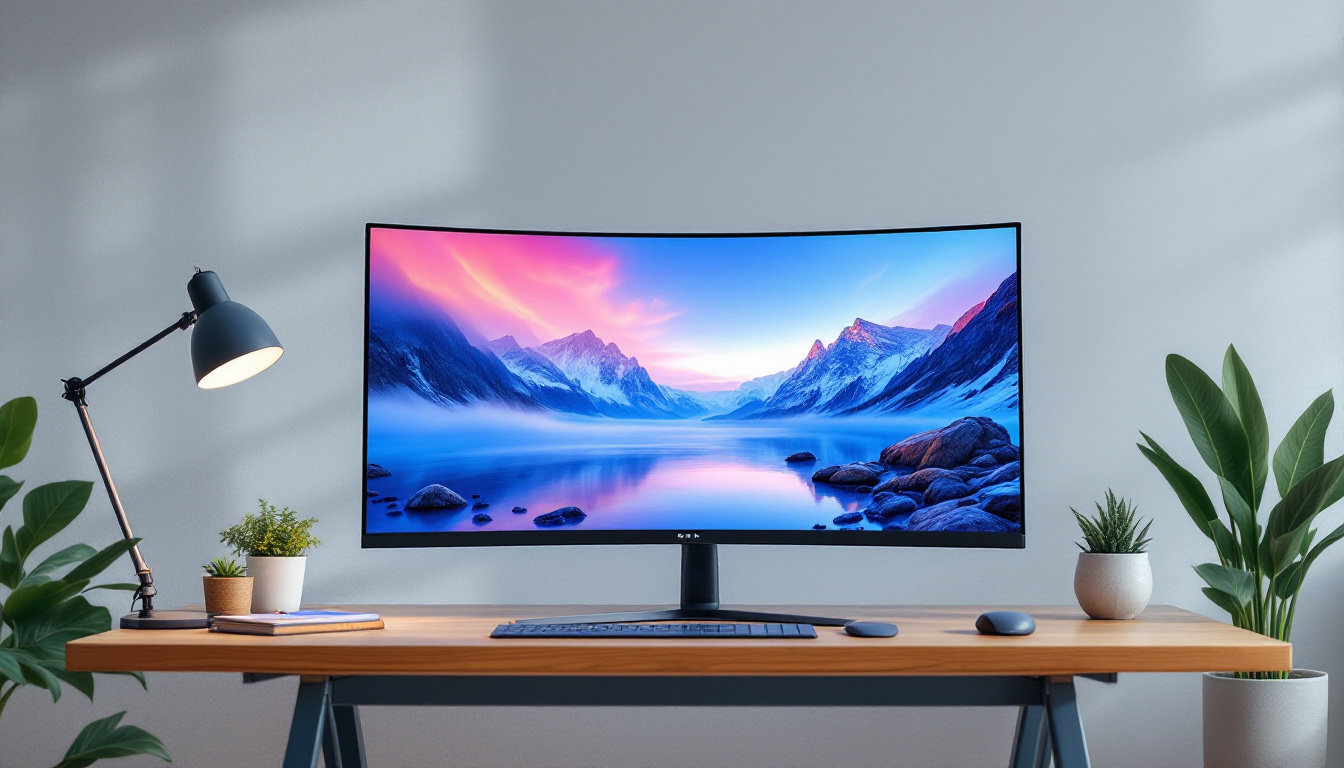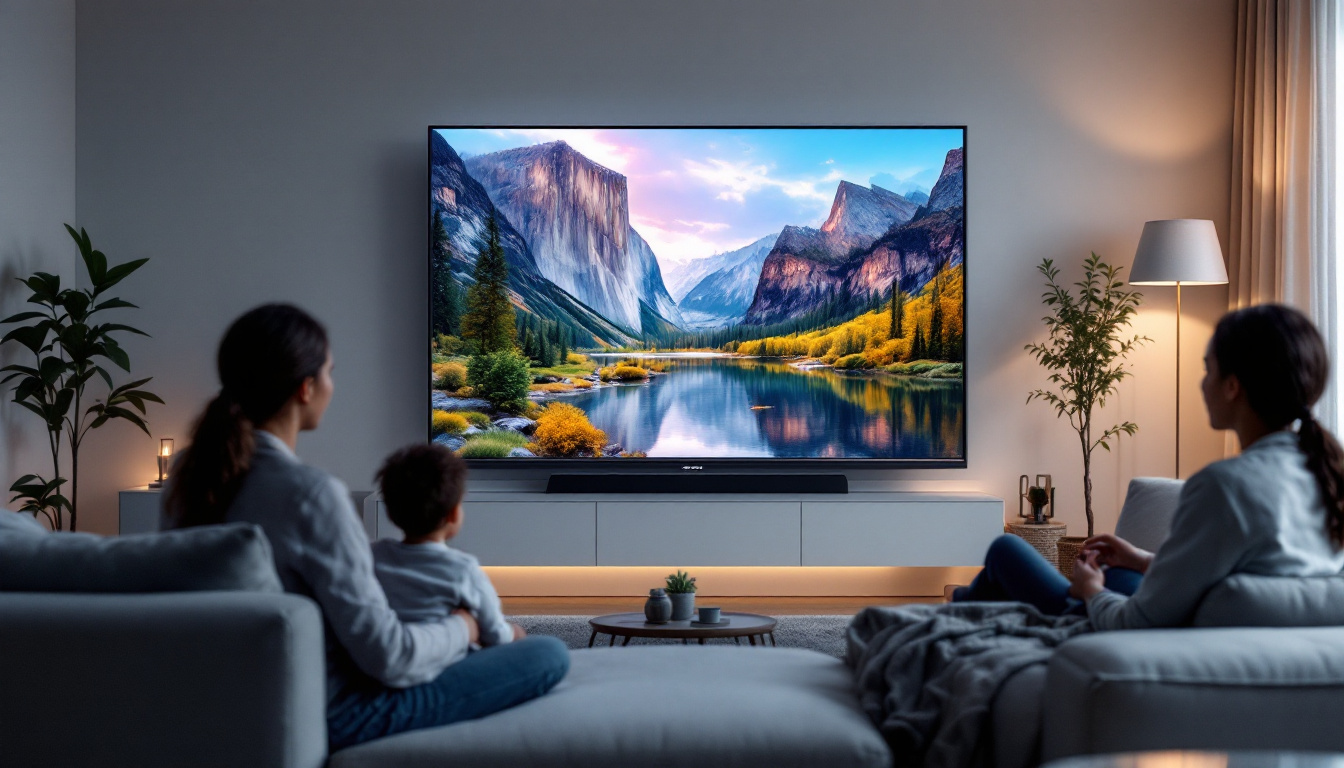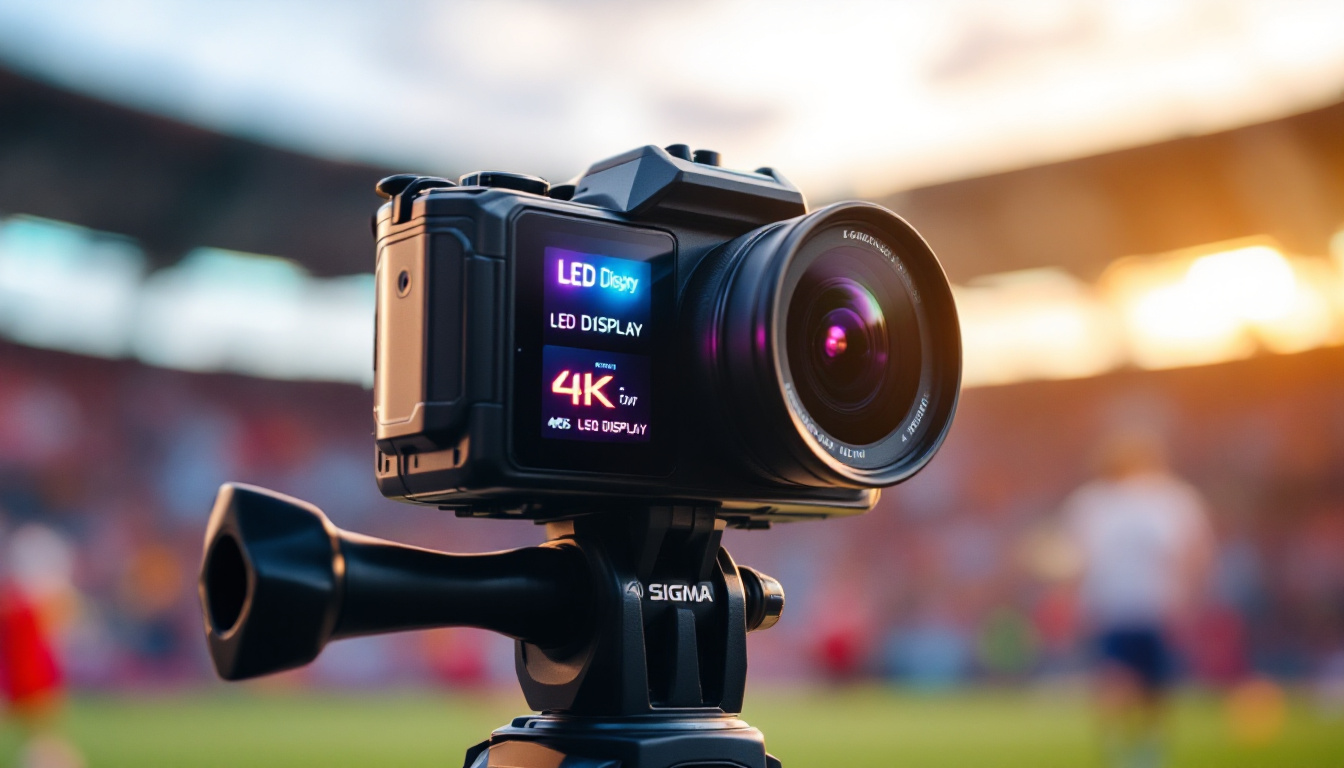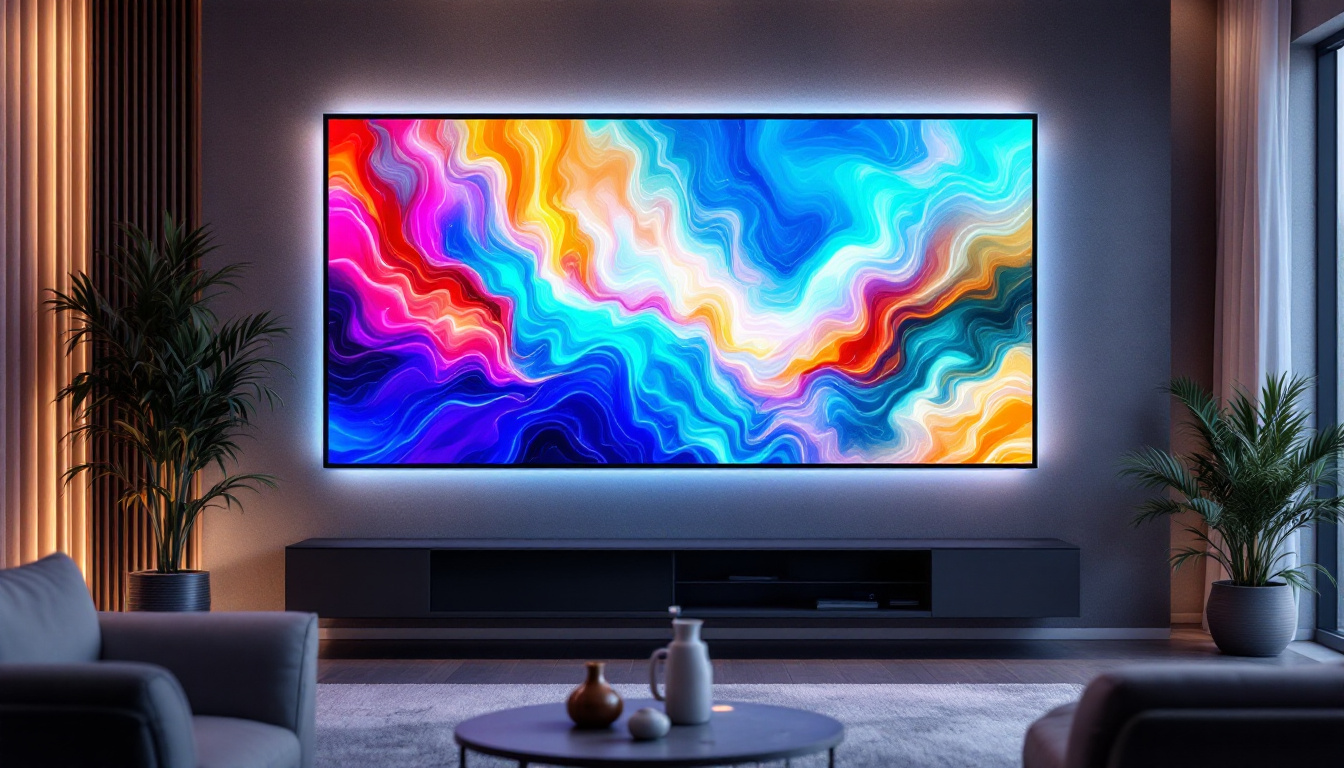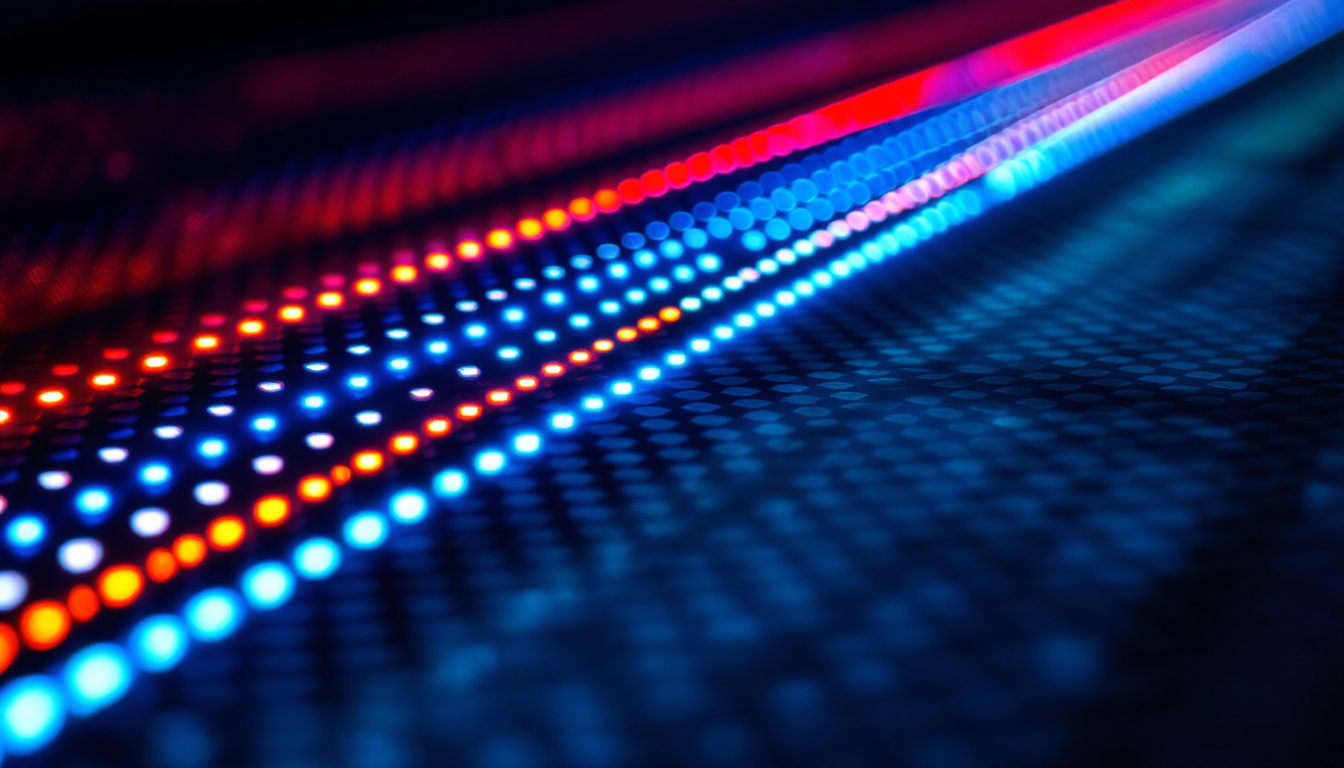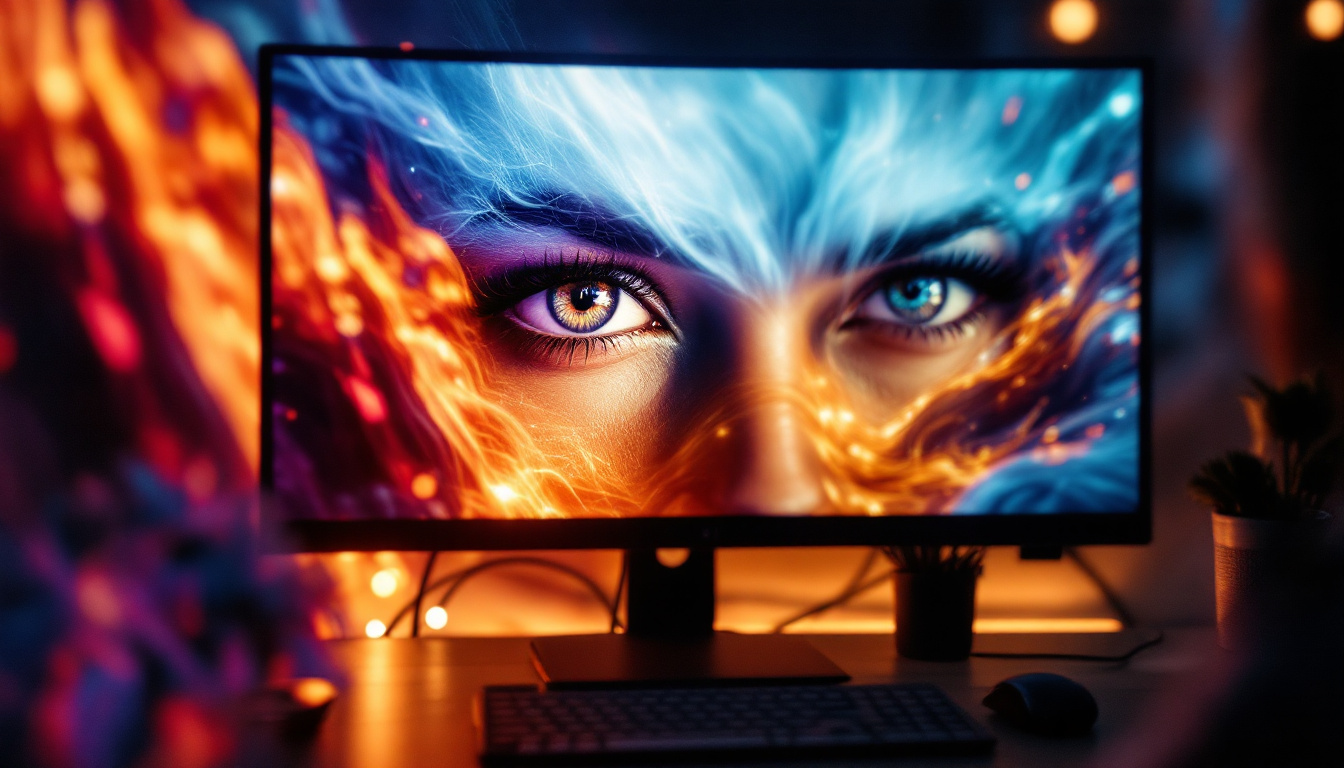In the realm of modern technology, touch monitors have emerged as a pivotal interface between users and digital content. These devices combine the functionality of traditional displays with the interactivity of touch-sensitive screens, making them indispensable in various sectors such as education, retail, healthcare, and entertainment. This article delves into the intricacies of touch monitors, particularly focusing on LED displays, their working mechanisms, advantages, and applications.
Understanding Touch Monitors
Touch monitors are specialized screens that allow users to interact directly with what is displayed, using their fingers or stylus. The technology behind touch monitors can vary, but the most common types include resistive, capacitive, and optical touch technologies. Each type has its unique characteristics, making them suitable for different applications. The evolution of touch screen technology has revolutionized how we interact with devices, providing a more intuitive and engaging user experience that has become essential in both personal and professional settings.
Types of Touch Technologies
Touch monitors can be categorized based on their touch sensing technology. Understanding these types can help users choose the right monitor for their specific needs. Each technology not only varies in functionality but also in durability, responsiveness, and cost, which are critical factors to consider when making a purchase.
- Resistive Touch Technology: This type of touch screen consists of two flexible layers separated by a small gap. When pressure is applied, the layers touch, registering the input. Resistive screens are typically more affordable and can be used with any pointing device, including fingers, styluses, and gloves. They are particularly advantageous in environments where users may wear gloves, such as industrial settings or outdoor kiosks.
- Capacitive Touch Technology: Unlike resistive screens, capacitive touch screens use the electrical properties of the human body to detect touch. They offer higher clarity and sensitivity but require the use of bare fingers or specialized gloves. This technology is commonly found in smartphones and tablets, where the need for a responsive and vibrant display is paramount. Capacitive screens also support multi-touch gestures, allowing for more complex interactions like pinch-to-zoom.
- Optical Touch Technology: This technology uses infrared light to detect touch. It is often used in larger displays and interactive kiosks, providing a durable and versatile option for public use. Optical touch screens are particularly effective in environments with high traffic, as they can withstand heavy usage without compromising performance.
Applications of Touch Monitors
The versatility of touch monitors allows them to be employed in numerous fields. Here are a few notable applications:
- Retail: Touch monitors are widely used in retail environments for interactive displays, self-service kiosks, and point-of-sale systems, enhancing customer engagement and streamlining transactions. Retailers can showcase promotions and product information dynamically, allowing customers to explore options at their own pace, which can lead to increased sales and customer satisfaction.
- Education: In classrooms, touch monitors facilitate interactive learning experiences, allowing teachers and students to collaborate effectively through digital whiteboards and educational software. These monitors can transform traditional teaching methods, enabling a more hands-on approach to learning that caters to various learning styles and encourages student participation.
- Healthcare: Medical professionals utilize touch monitors for patient management systems, enabling quick access to patient records and interactive medical imaging. This technology not only improves efficiency in healthcare settings but also enhances patient care by allowing for more immediate and informed decision-making during consultations.
As touch monitor technology continues to evolve, we can expect to see further innovations that enhance their functionality and usability. Features such as advanced gesture recognition, improved durability, and enhanced connectivity options are likely to become standard, making touch monitors an even more integral part of our daily lives. Additionally, the integration of artificial intelligence and machine learning could lead to more personalized user experiences, adapting interfaces based on individual preferences and usage patterns.
LED Displays: The Heart of Touch Monitors
LED (Light Emitting Diode) displays are a popular choice for touch monitors due to their vibrant colors, energy efficiency, and slim design. Understanding how LED displays work is essential for appreciating their role in touch monitor technology.
How LED Displays Work
LED displays operate by using an array of tiny light-emitting diodes to create images. These diodes emit light when an electric current passes through them, allowing for the production of bright and colorful visuals. The technology can be divided into two main categories: RGB (Red, Green, Blue) and monochrome displays.
RGB LED displays combine red, green, and blue diodes to create a full spectrum of colors. By adjusting the intensity of each color, these displays can produce millions of different hues. Monochrome displays, on the other hand, use a single color, typically green or amber, and are often found in simpler applications where color is not a priority.
Advantages of LED Displays
LED displays offer numerous advantages that make them a preferred choice for touch monitors:
- Energy Efficiency: LED technology consumes significantly less power compared to traditional LCD or CRT displays, making them more environmentally friendly and cost-effective in the long run.
- Brightness and Clarity: LED displays are known for their high brightness levels, making them suitable for use in well-lit environments. They also provide excellent contrast ratios, ensuring clear visuals even in challenging lighting conditions.
- Longevity: LED displays have a longer lifespan compared to other display technologies, reducing the need for frequent replacements and maintenance.
In addition to these advantages, LED displays are also remarkably lightweight and thin, which allows for sleek designs that can be integrated into various environments, from retail displays to medical equipment. Their flexibility in design means they can be manufactured in a variety of shapes and sizes, accommodating different user needs and aesthetic preferences. Furthermore, the rapid response time of LED displays enhances the touch experience, providing instant feedback to users, which is crucial in applications such as gaming or interactive kiosks.
Another significant benefit of LED technology is its ability to operate in a wide range of temperatures and conditions. This resilience makes LED displays ideal for outdoor use, where they can withstand harsh weather while still delivering high-quality visuals. Additionally, advancements in LED technology have led to the development of features such as high dynamic range (HDR), which further enhances the viewing experience by providing deeper blacks and more vivid colors. As technology continues to evolve, the integration of LED displays in touch monitors is expected to expand, paving the way for even more innovative applications in various industries.
Touch Monitor Features to Consider
When selecting a touch monitor with an LED display, several features should be considered to ensure it meets the intended use and user requirements.
Screen Size and Resolution
The size and resolution of a touch monitor are crucial factors that affect user experience. Larger screens provide more space for interaction, while higher resolutions ensure sharper images and text. Depending on the application, users may prefer a 1080p Full HD resolution for standard tasks or even 4K resolution for detailed graphics and presentations.
Touch Sensitivity and Response Time
Touch sensitivity refers to how accurately and quickly a monitor can detect touch inputs. A responsive touch monitor enhances user experience, particularly in fast-paced environments. Look for monitors that offer multi-touch capabilities, allowing for gestures such as pinch-to-zoom and swipe.
Connectivity Options
Connectivity is another vital consideration. A touch monitor should offer various ports, such as HDMI, USB, and DisplayPort, to ensure compatibility with different devices. Additionally, some monitors come with built-in wireless connectivity options, enabling seamless integration with other technologies.
Maintenance and Care for Touch Monitors
Proper maintenance and care are essential for prolonging the lifespan of touch monitors and ensuring they function optimally. Here are some best practices to follow:
Cleaning the Screen
Regular cleaning of the touch screen is crucial to maintain clarity and responsiveness. Use a microfiber cloth and a suitable screen cleaner to avoid scratching the surface. Avoid using harsh chemicals or abrasive materials that could damage the screen.
Software Updates
Keeping the software and drivers of the touch monitor updated is vital for optimal performance. Manufacturers often release updates that enhance functionality, fix bugs, and improve compatibility with new devices. Regularly check the manufacturer’s website for the latest updates.
Physical Protection
To protect the monitor from physical damage, consider using screen protectors or placing the monitor in a location that minimizes the risk of accidental impacts. Additionally, ensure that the monitor is mounted securely if wall-mounted, or placed on a stable surface to prevent tipping.
Future Trends in Touch Monitor Technology
The touch monitor industry is continually evolving, with advancements in technology paving the way for innovative features and applications. Here are some trends to watch for in the future:
Integration with AI and Machine Learning
As artificial intelligence (AI) and machine learning technologies advance, touch monitors are likely to become more intuitive. Future models may incorporate AI-driven features that enhance user interaction, such as gesture recognition and predictive text input, making them even more user-friendly.
Increased Durability
With the growing demand for touch monitors in high-traffic environments, manufacturers are focusing on creating more durable screens. Innovations in materials and coatings may lead to touch monitors that are scratch-resistant, waterproof, and capable of withstanding extreme temperatures.
Enhanced Connectivity Features
As the Internet of Things (IoT) continues to expand, touch monitors will likely feature improved connectivity options, allowing seamless integration with smart devices. This could lead to the development of interactive displays that communicate with various devices in real-time, enhancing user experience and functionality.
Conclusion
Touch monitors with LED displays represent a significant advancement in user-interface technology, offering a blend of interactivity, efficiency, and vibrant visuals. Understanding the different types of touch technologies, the advantages of LED displays, and the key features to consider can help users make informed decisions when selecting a touch monitor. As technology continues to evolve, the future of touch monitors looks promising, with innovations that will further enhance their functionality and applications across various industries.
Incorporating touch monitors into daily operations can revolutionize how businesses interact with customers, how educators engage students, and how healthcare professionals manage patient information. Embracing this technology not only improves efficiency but also enriches the overall user experience, paving the way for a more interactive and engaging digital world.
Discover LumenMatrix LED Display Solutions
Ready to elevate your interactive experiences with the latest in LED display technology? LumenMatrix offers a comprehensive range of innovative solutions tailored to meet your unique needs. From captivating Indoor and Outdoor LED Wall Displays to dynamic Vehicle and Sports LED Displays, our products are designed to enhance brand visibility and engage your audience. Explore our versatile LED Poster Displays, immersive Floor LED Displays, and the sleek All-in-One and Transparent LED options. Join us in revolutionizing visual communication and create unforgettable visual experiences. Check out LumenMatrix LED Display Solutions today and see how we can help you share your message with impact and clarity.








